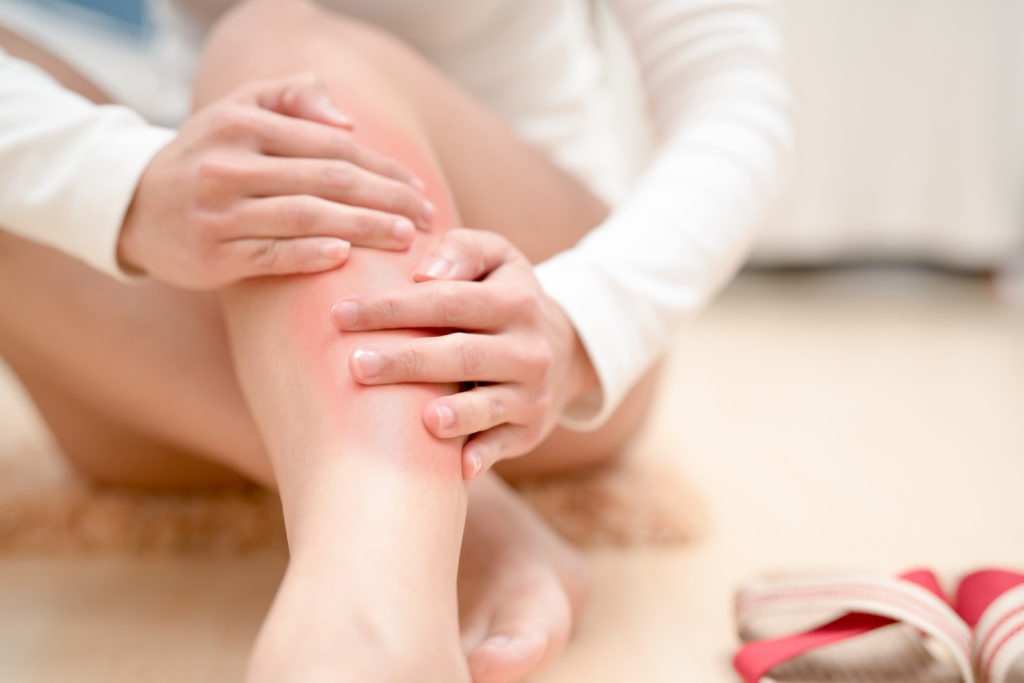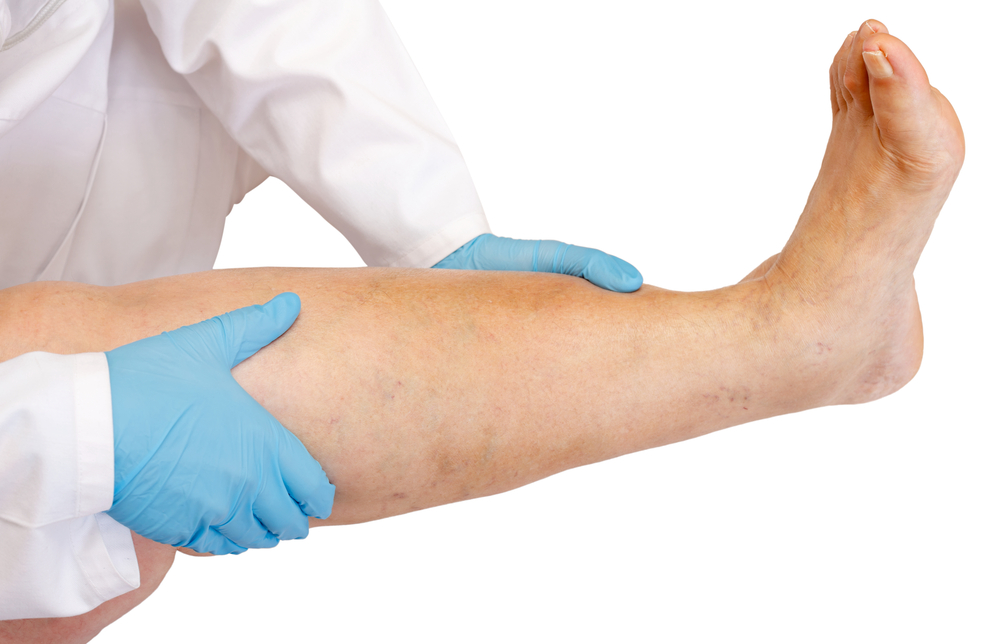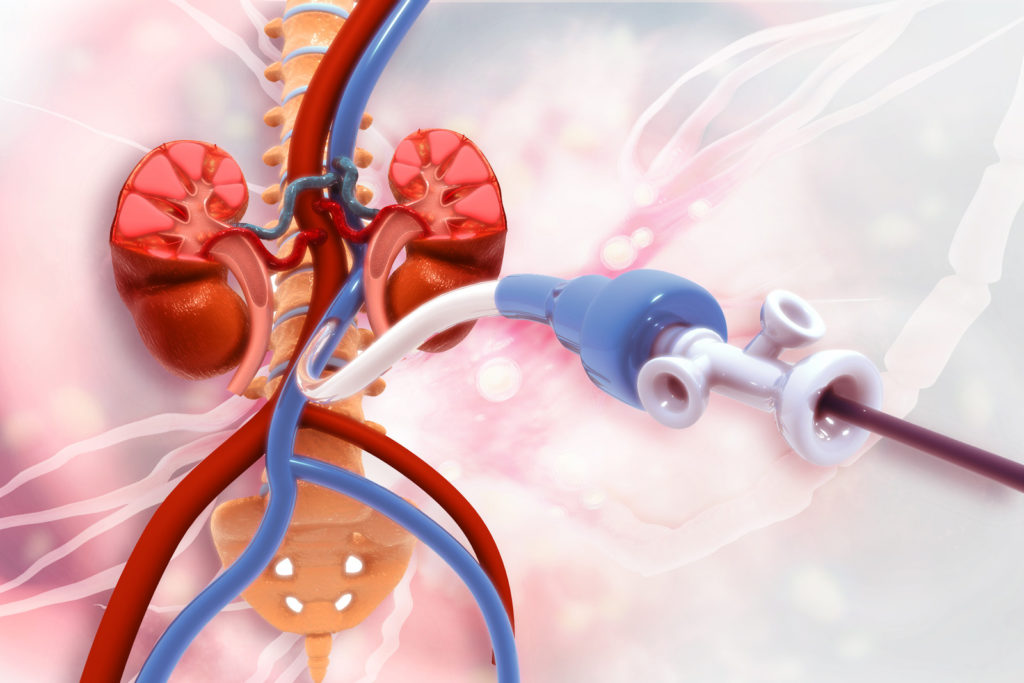
Circulatory problems are an issue that can cause cascading negative health effects if they’re not addressed. One such problem, estimated to affect 8 to 12 million Americans, is peripheral artery disease (PAD). It’s important to know the symptoms of this condition because it can be successfully treated if properly and promptly addressed.
Peripheral artery disease is a common circulatory problem in which blood flow is reduced to your legs and arms. This restriction is often caused by atherosclerosis, or the formation of fatty plaques, in the arteries of the limbs, narrowing the blood vessels and reducing the amount of blood that reaches the tissues. Less commonly, PAD can be caused by inflammation of the blood vessels, an injury, or other factors. If you experience symptoms that lead you to believe you might be suffering from PAD, you should consult your doctor right away.
In PAD’s early stages, some people may have no symptoms or only mild ones. However, over time, you’re likely to experience increasing symptoms relating to the growing restriction of blood flow.
The first sign many people notice is pain or cramping in their legs or arms that are brought on by activity such as walking, but that goes away after a short period of rest. Where this pain occurs depends on where the arteries have been narrowed, but the calf is the most common location. This phenomenon is called claudication, and its severity can vary. In its worst forms, it can make walking or other physical activity difficult.
Other signs of PAD can include leg numbness or weakness, coolness in your feet compared to the rest of your body, color changes in the skin on your limbs, slower leg hair and toenail growth, and sores on your feet and legs that don’t heal. When PAD is advanced, you may experience pain in your limbs even when you’re resting or lying down.
Peripheral artery disease is more likely to develop in older adults (ages 65 and up, or 50 and up if other risk factors are present). Additional factors that can increase your risk of suffering from PAD are:
Patients with peripheral artery disease usually also have atherosclerosis in other parts of their bodies, putting them at increased risk for heart attacks, strokes, and renal artery disease. Another serious potential complication is critical limb-threatening ischemia. When blood flow is seriously restricted to the feet and legs, injuries and sores are slow to heal and infections are common. If the tissue dies due to nonhealing wounds, amputation of the affected limb may be necessary.
While PAD cannot be cured, the disease can be managed and its progression slowed. The first step is to make lifestyle changes to reduce your risk factors, where possible; this can mean quitting smoking, exercising, changing your diet to improve your cholesterol, working on improving control of your blood sugar, and/or taking medication to address high blood pressure or high cholesterol, as needed. Careful foot care is also recommended to avoid potential complications from unnoticed sores or wounds.
If your PAD has progressed to the point where you have serious pain or you’re unable to walk or exercise, it may be necessary to open up narrowed or blocked arteries with angioplasty, atherectomy (the removal of arterial plaques), or stent placement.
At the Vein & Fibroid Treatment Center, we are experts in the treatment of peripheral artery disease at all stages. Our advanced diagnostic and treatment techniques allow us to pinpoint your problem and recommend the right course of lifestyle changes and medical intervention to reduce symptoms and slow disease progression. In cases requiring more aggressive intervention, we’ve been successful in restoring blood flow and avoiding premature amputation with minimally invasive treatments. To learn more about peripheral artery disease or to book an appointment, contact us here.


